Firstly, the majority of dry cows on dairy farms are bedded on cubicles and rubber mats.
The cubicles cut down the day-to-day management over winter, make better use of space available, cut down on straw requirement and keep cows clean and dry more than any other bedding material.
Most Irish cubicles have a concrete base and rubber cubicle mats.
Across Europe you would see that a lot of cubicle beds in older sheds are designed with deep beds of sand or recycled muck.
Both work but they are laboursome to keep right and there are issues when it comes to collecting slurry and spreading it.
Many cubicles still don’t have mats but cubicle mats provide extra comfort and heat for cows, and are now standard in most cubicle sheds.
However, while cubicle mats will provide comfort, hygiene is down to good management.
There are a number of steps farmers can take to improve the cleanliness and hygiene in cubicle sheds.
Bacteria
The first thing to remember is that there are bacteria everywhere in the environment – whether you are using peat, straw, mats or sand.
Good hygiene will help to prevent these bacteria from causing infection. Risk occurs when a cow lies down. If given a choice, cows will lie in a clean, dry and sheltered spot.
But in a shed, this choice is taken away, so it is up to the farmer to ensure that where the cow lies is clean. As dairy farmers, we need to reduce the risk of mastitis.
What we do over the winter to do this largely depends on the risks involved.
The cows at most risk of infection are milking cows, because their teat canals are open for at least two or three hours per day compared with dry cows.
Recently dried off and close to calving cows are the next-highest risk group. These cows often leak milk for a few days after drying off or just before calving.
If milk is going out, then bacteria can go in.
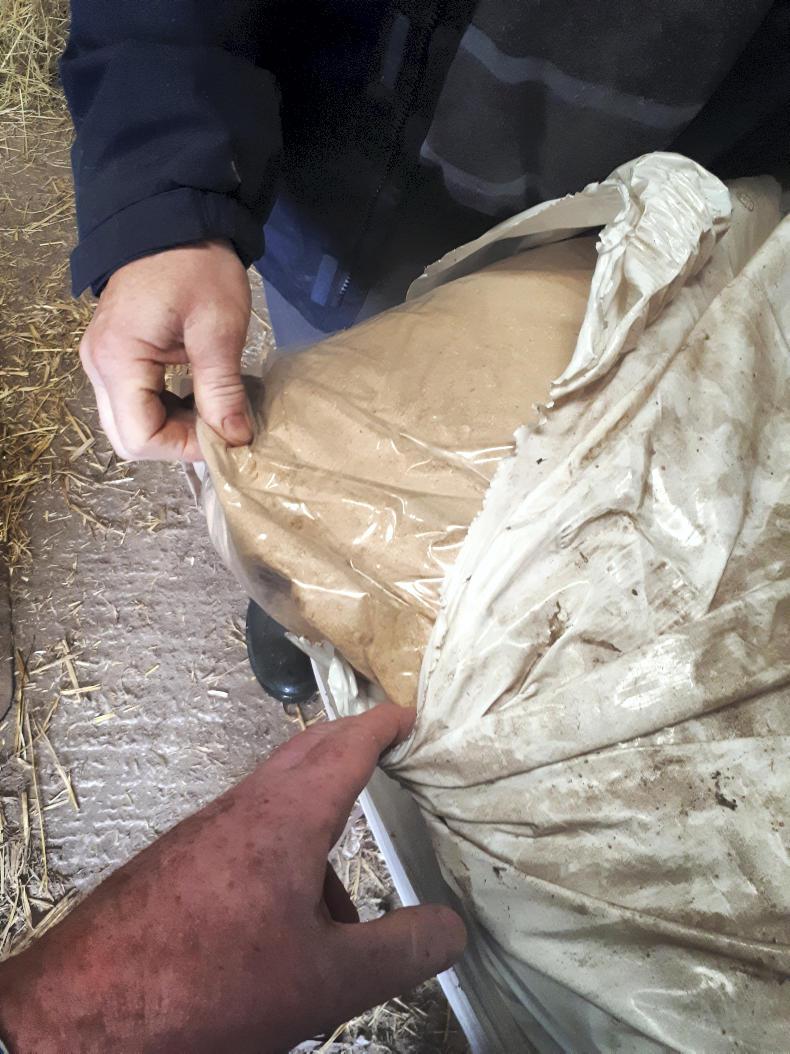
Dry cows, more than a week after drying off, are at the lowest risk of infection. These cows should not be leaking milk and the teat canals should be closed. Cows that have been correctly teat-sealed will have an added barrier to infection.
Prevention
At a minimum, cubicle beds should be scraped down daily with a hand scraper. Many milking machine agents sell special hand scrapers that are made of aluminium, with a rubber blade on one side and a flat aluminium blade on the other for clearing tougher or dried on manure.
In the Quality Milk competition, all national finalists were cleaning down twice a day to keep cubicles clean.
While scraping the beds will help to remove most of the muck, the cubicle bed still won’t be clean of bacteria. We know that bacteria like warm, damp and pH neutral conditions to grow.
A wet cubicle bed provides the ideal environment, especially when there are traces of faeces on the bed.
To keep cubicle beds dry, some form of bedding material should be spread on the cubicle bed to absorb moisture and keep the lying area dry.
The most common material used is lime. Other farmers use sawdust or sand, while some farmers use peat.
The big advantage of lime is that it increases the pH of the lying area up to around a pH of 12.4. Once the pH of the lying area goes above 12, most bacteria should not be able to survive.
Many farmers who use sawdust or peat will add lime to this to increase the pH. However, you need to be sure about what type of lime to use.
There are three types of lime on the market – ground limestone, hydrated lime and a mix of hydrated and ground limestone.
Hydrated lime is caustic, and some farmers report that it causes sores and scabs on teats, especially when used in conjunction with iodine teat-sprays. However, research would suggest this happens when farmers put too much lime on the cubicle.
Some farmers spread it like it is going out of fashion.
Keep lime at about a half fist per cubicle and spread it where it is needed, not up beside the cow’s head. Some farmers pre-packed fine sawdust with medicated-type products added that give it a nice smell but all you need is to keep the bed dry and the lime helps the pH problem.
The big advantage with some of these products is that they are easier to handle and less dusty than spreading lime.
Cubicle design
The design of the cubicle can also make a big difference when it comes to hygiene. One of the key issues on cubicles is to position the brisket board correctly to keep cows away from the top of the cubicle.
The brisket board should be on, or just above the mat and is there to stop the cow from lying too far up the cubicle and to keep her rear end just off the back of the mat.


A Bobman shed cleaner
The other key point is the frequency with which passages are scraped. Keep the passages and cubicles clean. Passages should be scraped at least four times per day. If that is not an option this year, options might include buying woodchip.
It’s not an outdoor shed but woodchip will work. Woodchip can be expensive to buy depending on transport and can vary in quality. So much depends on local availability.
Often, there can be bits of metal or plastic included in the woodchip so be careful or cows can ingest these which could cause trouble.
Peat is also an option but, again, this comes down to local availability and trying to get dry peat. There are added costs to both of these options in terms of disposing of the resulting muck back on to the land.
Keep cubicle beds dry and limed. Why? Because bacteria cannot grow in dry alkaline environments. Hydrated or ground limestone will work as will other products that can be more costly due to packaging and delivery. Run scrapers at least four times per day to keep muck away from cubicle beds. Read more
Shed ventilation: go with the flow
How much straw do you need this winter?
Shortage of straw intensifies
Fodder shortage: ‘it has been a vicious year ... it’s going to be a famine’
Firstly, the majority of dry cows on dairy farms are bedded on cubicles and rubber mats.
The cubicles cut down the day-to-day management over winter, make better use of space available, cut down on straw requirement and keep cows clean and dry more than any other bedding material.
Most Irish cubicles have a concrete base and rubber cubicle mats.
Across Europe you would see that a lot of cubicle beds in older sheds are designed with deep beds of sand or recycled muck.
Both work but they are laboursome to keep right and there are issues when it comes to collecting slurry and spreading it.
Many cubicles still don’t have mats but cubicle mats provide extra comfort and heat for cows, and are now standard in most cubicle sheds.
However, while cubicle mats will provide comfort, hygiene is down to good management.
There are a number of steps farmers can take to improve the cleanliness and hygiene in cubicle sheds.
Bacteria
The first thing to remember is that there are bacteria everywhere in the environment – whether you are using peat, straw, mats or sand.
Good hygiene will help to prevent these bacteria from causing infection. Risk occurs when a cow lies down. If given a choice, cows will lie in a clean, dry and sheltered spot.
But in a shed, this choice is taken away, so it is up to the farmer to ensure that where the cow lies is clean. As dairy farmers, we need to reduce the risk of mastitis.
What we do over the winter to do this largely depends on the risks involved.
The cows at most risk of infection are milking cows, because their teat canals are open for at least two or three hours per day compared with dry cows.
Recently dried off and close to calving cows are the next-highest risk group. These cows often leak milk for a few days after drying off or just before calving.
If milk is going out, then bacteria can go in.

Dry cows, more than a week after drying off, are at the lowest risk of infection. These cows should not be leaking milk and the teat canals should be closed. Cows that have been correctly teat-sealed will have an added barrier to infection.
Prevention
At a minimum, cubicle beds should be scraped down daily with a hand scraper. Many milking machine agents sell special hand scrapers that are made of aluminium, with a rubber blade on one side and a flat aluminium blade on the other for clearing tougher or dried on manure.
In the Quality Milk competition, all national finalists were cleaning down twice a day to keep cubicles clean.
While scraping the beds will help to remove most of the muck, the cubicle bed still won’t be clean of bacteria. We know that bacteria like warm, damp and pH neutral conditions to grow.
A wet cubicle bed provides the ideal environment, especially when there are traces of faeces on the bed.
To keep cubicle beds dry, some form of bedding material should be spread on the cubicle bed to absorb moisture and keep the lying area dry.
The most common material used is lime. Other farmers use sawdust or sand, while some farmers use peat.
The big advantage of lime is that it increases the pH of the lying area up to around a pH of 12.4. Once the pH of the lying area goes above 12, most bacteria should not be able to survive.
Many farmers who use sawdust or peat will add lime to this to increase the pH. However, you need to be sure about what type of lime to use.
There are three types of lime on the market – ground limestone, hydrated lime and a mix of hydrated and ground limestone.
Hydrated lime is caustic, and some farmers report that it causes sores and scabs on teats, especially when used in conjunction with iodine teat-sprays. However, research would suggest this happens when farmers put too much lime on the cubicle.
Some farmers spread it like it is going out of fashion.
Keep lime at about a half fist per cubicle and spread it where it is needed, not up beside the cow’s head. Some farmers pre-packed fine sawdust with medicated-type products added that give it a nice smell but all you need is to keep the bed dry and the lime helps the pH problem.
The big advantage with some of these products is that they are easier to handle and less dusty than spreading lime.
Cubicle design
The design of the cubicle can also make a big difference when it comes to hygiene. One of the key issues on cubicles is to position the brisket board correctly to keep cows away from the top of the cubicle.
The brisket board should be on, or just above the mat and is there to stop the cow from lying too far up the cubicle and to keep her rear end just off the back of the mat.


A Bobman shed cleaner
The other key point is the frequency with which passages are scraped. Keep the passages and cubicles clean. Passages should be scraped at least four times per day. If that is not an option this year, options might include buying woodchip.
It’s not an outdoor shed but woodchip will work. Woodchip can be expensive to buy depending on transport and can vary in quality. So much depends on local availability.
Often, there can be bits of metal or plastic included in the woodchip so be careful or cows can ingest these which could cause trouble.
Peat is also an option but, again, this comes down to local availability and trying to get dry peat. There are added costs to both of these options in terms of disposing of the resulting muck back on to the land.
Keep cubicle beds dry and limed. Why? Because bacteria cannot grow in dry alkaline environments. Hydrated or ground limestone will work as will other products that can be more costly due to packaging and delivery. Run scrapers at least four times per day to keep muck away from cubicle beds. Read more
Shed ventilation: go with the flow
How much straw do you need this winter?
Shortage of straw intensifies
Fodder shortage: ‘it has been a vicious year ... it’s going to be a famine’










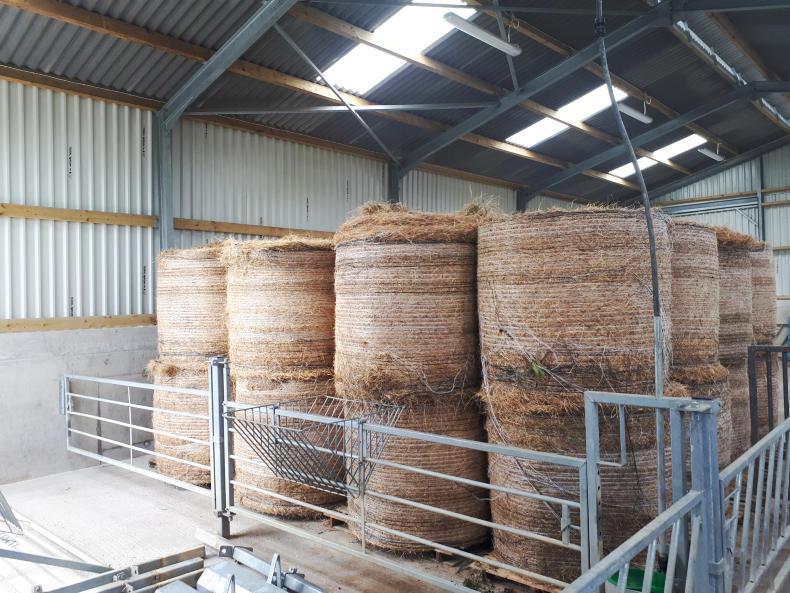
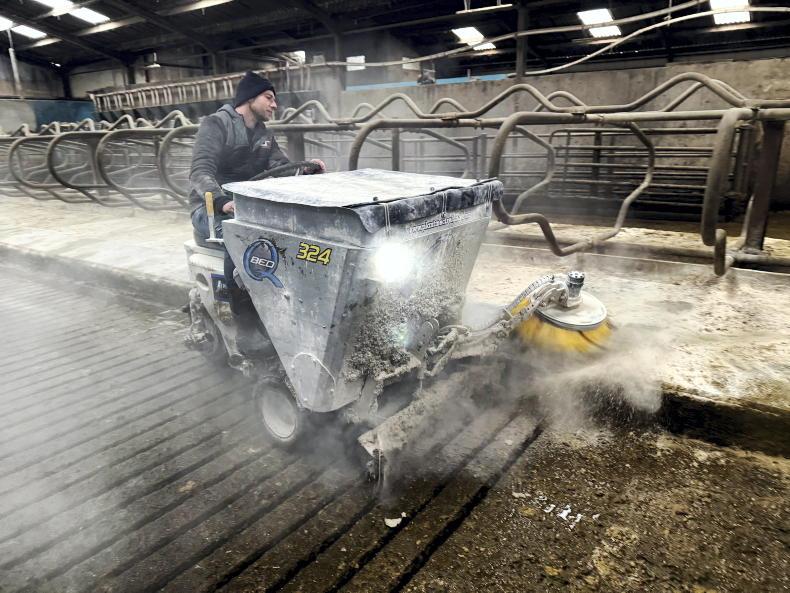
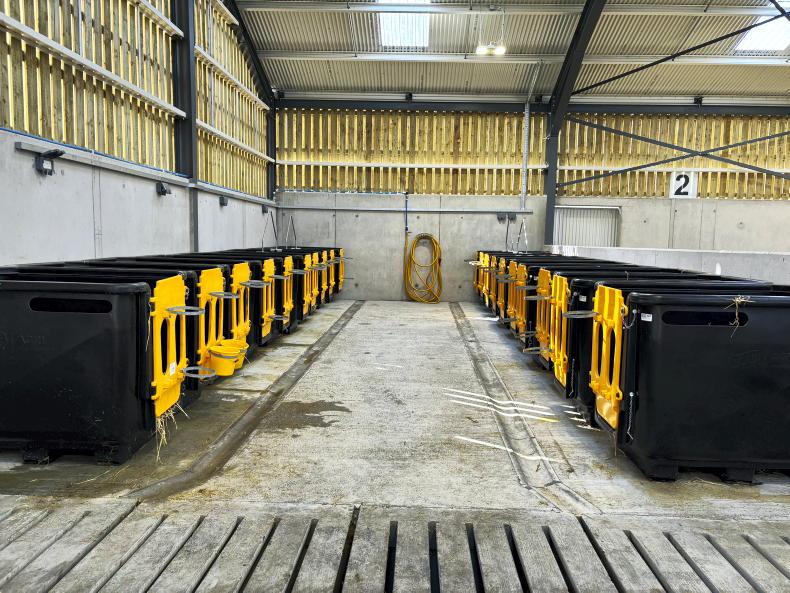
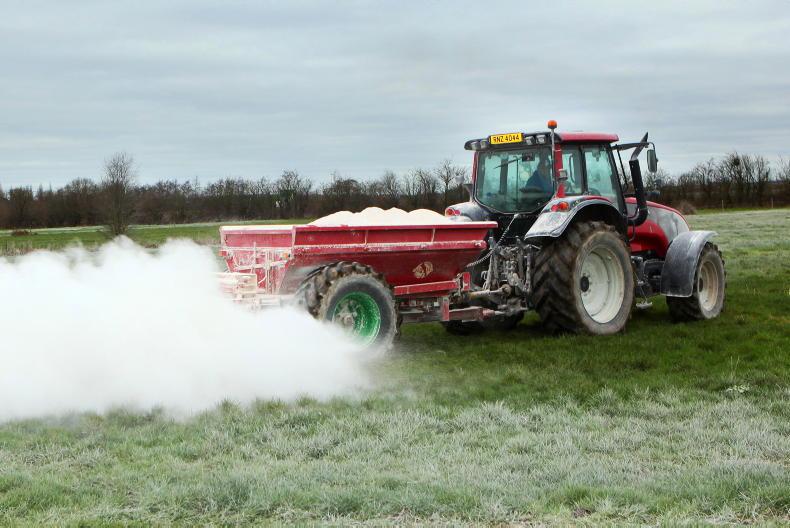
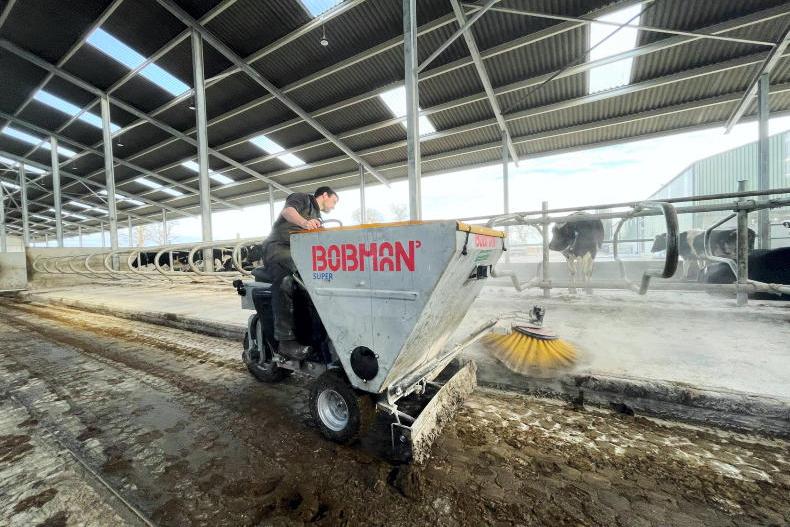
SHARING OPTIONS